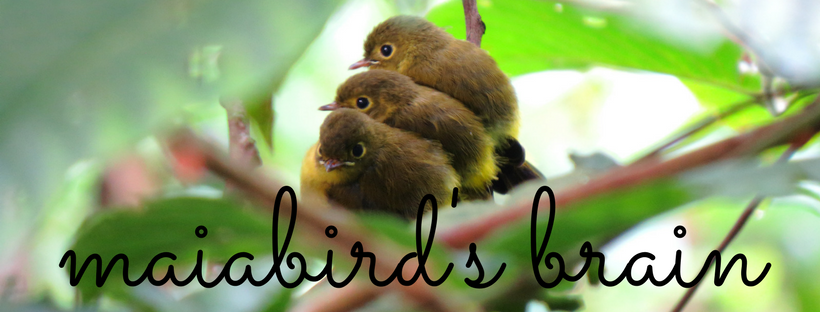We chose to pass through the Capas road going to Tarlac City. We've been reading good birding stories from this place and so we drove through the Barangay O'Donnell road instead of the main high way or the SCTEX.
 |
| The Capas Memorial Shrine |
This back road was lined with dry grasslands and rice paddies. This afforded us good views of Bright-capped Cisticolas, Striated Grassbirds and the occasional Lesser Coucal just feet away from the car. We drove very slowly hoping for rails or quails to cross the road, but sadly there were none that morning. There was quite a number of motorcycles, tricycles and trucks passing through the road.
We stopped at rice paddies to look for waders and at our first stop, I got my lifer! A pretty Wood Sandpiper (though it could have been a male)! It was feeding in one paddy while Pied Bushchats, Blue-tailed Bee-eaters and Long-tailed Shrikes flew in the area. Arctic Warblers flitted among the branches of the tree beside us while a White-Eared Brown-Dove sat for a few seconds before flying away. I have to say, rice paddies and wetlands are fast becoming my favorite birding sites!
 |
| One of the paddies we stopped at to bird. |
We stopped at a small paddy, just beside the road and spotted some waders in the mud. Some farmers who were taking a break were looking curiously at us, so we called them over and showed them some plates from our Kennedy field guide. We told them we were also on the lookout for the Watercock and showed them the illustration. Their faces lit up with recognition but they told us we were too late! They said these birds came out from the tall reeds early in the morning. They said there were lots of them in the area. They told me they were delicious =P
We drove on since we were planning to go to the Tarlac Ecopark in San Jose City before going to Tarlac to visit the cemetery. On our last stop, we spotted some birds that looked like quails! Alas, the birds walked into the grass and didn't come out again. Our first quails would have to wait. But we did see a beautiful Yellow Wagtail preening atop a stick.
 |
| Yellow Wagtail |
 |
| A nice spot in the Tarlac Ecopark |










